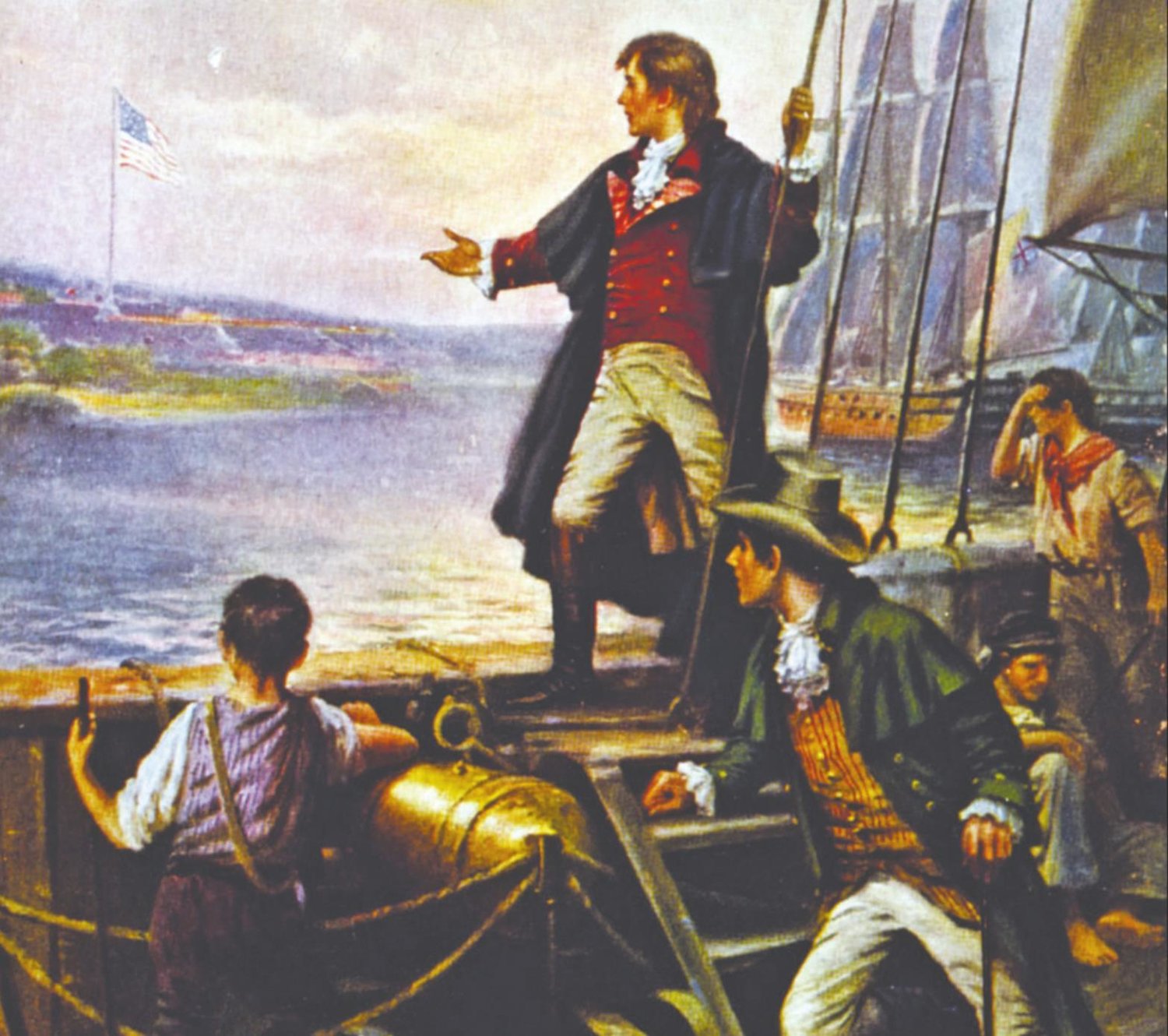Baltimore’s valiant citizens
I remember standing above the harbor watching the storm roll into Baltimore. The Americans were at a disadvantage in an 1814 battle with the British navy, just as they were in the American Revolution …
This item is available in full to subscribers.
Subscribe to continue reading. Already a subscriber? Sign in
Get 50% of all subscriptions for a limited time. Subscribe today.
Please log in to continueNeed an account?
|
Baltimore’s valiant citizens
I remember standing above the harbor watching the storm roll into Baltimore. The Americans were at a disadvantage in an 1814 battle with the British navy, just as they were in the American Revolution when we won our freedom to self-govern.
In September 1814, the British marched towards North Point and Baltimore Harbor. Gen. Robert Ross and Admiral Alexander Cochrane led a 5,000 strong force toward Baltimore. The Maryland Militia under the command of Gen. John Striker met them.
Gen. Ross was killed by a sharpshooter and the British land advance was over.
Admiral George Armistead and 1,000 soldiers awaited an attack from the sea which came the morning of Sept. 14.
19 British war ships arrived at Baltimore Harbor and began firing on Ft. McHenry. The bombardment lasted 25 hours. Throughout the night the cannons fired and thunder roared while lightning flashed.
But the sturdy little fort did not fall. As the sun rose in the eastern sky and the mist cleared a huge flag made by a local woman and 7 seamstresses replaced the tattered and battle-torn flag. The banner waved triumphantly over the harbor and the British fleet could do no more than sail away towards New Orleans, which had not received word of the American victory at Baltimore.
The citizens of Baltimore had come to the aid of their country. They joined forces with the new government in Washington and fortified the harbor with Ft. McHenry.
Mary Pickersgill and 7 seamstresses stitched the flag that was raised above the harbor that day.
Young lawyer Francis Scott Key was inspired to write a poem “Defence of Ft. McHenry” that would become our national anthem, “The Star Spangled Banner.”
Key watched the battle from a British ship where he had come to negotiate a prisoner release. He wrote his poem aboard the truce ship, the HMS Tonnant, in the harbor after the bombardment. The music came from a popular British song.
Other items that may interest you







Comments
No comments on this item Please log in to comment by clicking here